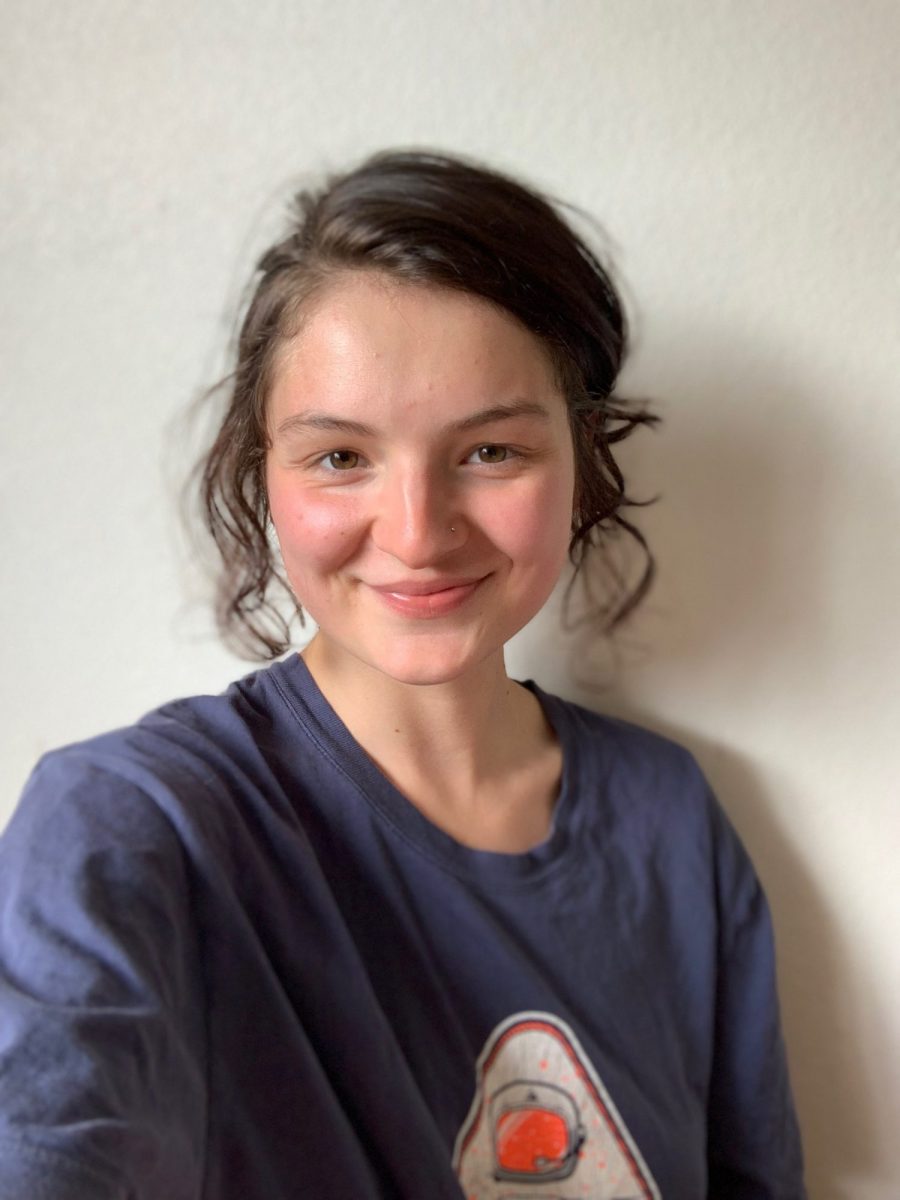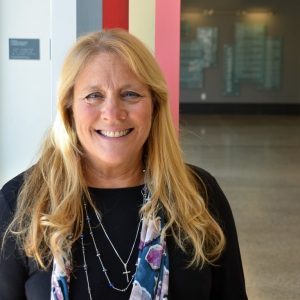Today, we often find ourselves in a rather peculiar position. We are living in a tech age that grants us access to more information than ever before, but we can also find ourselves overwhelmed by that very same material. As a young twenty-something, I have become accustomed to the buzzing of a phone in my pocket, the illumination of a computer screen, and the endless links that provide plenty of material for those sleepless nights. Technology has been, and continues to be, an essential element of my entire life, expanding my world from adolescence up and through my matriculation at CSU. But it really wasn’t until I decided to major in Interdisciplinary Liberal Arts that I saw the connection between all of the information I had absorbed over the years and a type of systems thinking that guides interdisciplinary work.

When first contemplating my future, I felt a call to service and people, but I also wanted context and felt drawn to look beyond one particular disciplinary insight. Before I changed my major, I couldn’t find the answers I was looking for in any one specialized area of study. I wanted a more holistic approach to knowledge that challenged me and encouraged me to look beyond just one discipline. I wanted (and still do) to really understand the social problems of the United States, but how could I without having a solid education of our history? Of our economy? Of the cultural makeup of America? As an interdisciplinarian in the making, I was able to take a good majority of my courses in social work, a field I had always been drawn to, but then also balance those with several classes in other disciplines such as political science and psychology. This allowed me to engage in systems thinking, an effective problem-solving approach that breaks a complex issue down into its constituent elements, fielding various disciplinary insights. Like computers steeped in communication protocol to generate dialog with other systems, interdisciplinary studies operates in a similar fashion. This field introduced me to the way disciplines themselves function like systems, and as an interdisciplinary liberal arts major I could create a “formula” to link them together.
Professors in interdisciplinary studies do groundbreaking work, especially with the advancements in technology, from forensics lab testing to accessing historical documents and archives that reveal hidden truths. Many interdisciplinarians today find themselves at an advantage given the easy access to important information over the internet that just wasn’t available 20-30 years ago. Educators can more easily and effectively pull from multiple disciplines in assessing complex problems with just the click of a mouse. But, of course, this wasn’t always the case.
Gina Robinson, instructor of Legal Studies at CSU, remembers a past without all the bells and whistles: “Back when I went to law school in the late 80s, and then for my first six to eight years of law practice, there was very limited use of computers and no cell phones, laptops, tablets, internet. I did all of my legal research on a computer, but I had to look everything up (all law and sources) by hand in a law library.”
Cindy Murillo, who also teaches in the Interdisciplinary Liberal Arts program at CSU, points out that as a recovery scholar, focusing on lost interviews and lesser known or forgotten authors, technology is a must-have in her research, often times serving as the conveyor of truth in a world full of books, some of which have misrepresented history. Her book The Selected Literary Letters of Paul Laurence Dunbar is finally nearing completion after a long eight-year start because there were so many gaps in Dunbar’s personal history that required extensive travel to libraries and countless hours sifting through unorganized material—none of which was cross listed or categorized. But just a few years ago, repositories across the country started scanning and indexing letters, unpublished stories, photographs, artwork, political treatises, literary fragments, and notes found in the archives of important historical figures.


According to Dr. Murillo, it is only by accessing these documents via online repositories that we can more easily, quickly, and accurately see what was really said and felt at certain times in our nation’s history. And it is this information that has allowed her and her co-editor to challenge what has been written about this famous African American orator in previous biographies and history books.
As with my own work, cross comparisons of ideas and information can be daunting if not utterly time consuming because we have access to content in almost every subject imaginable. But that is certainly a problem with wings. Through systems thinking, interdisciplinary studies has taught me how to manage the flow of information and find connections where none before existed. In this field, I found a place where I could take advantage of the endless online library that is the internet, using it to piece together a better understanding of the problems in our nation, and customizing my education to help assist me to think critically and productively about solutions to some of the world’s most complex problems.
This December I will graduate from CSU with not only a practical degree, but with a better understanding of the history of our people, our customs, how we interact with one another, and the political economy that can drive such behavior. We have access to more perspectives, ideas, and wisdom than ever before, and interdisciplinary studies has been foundational in my education, teaching me the value of looking beyond the confines of a single perspective.
